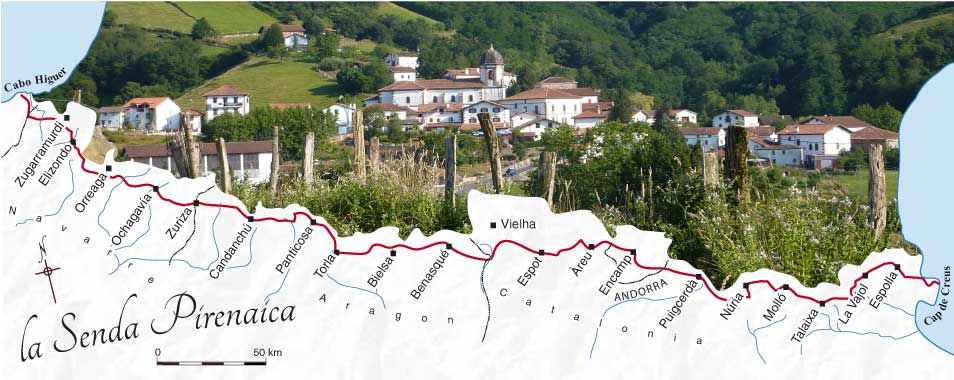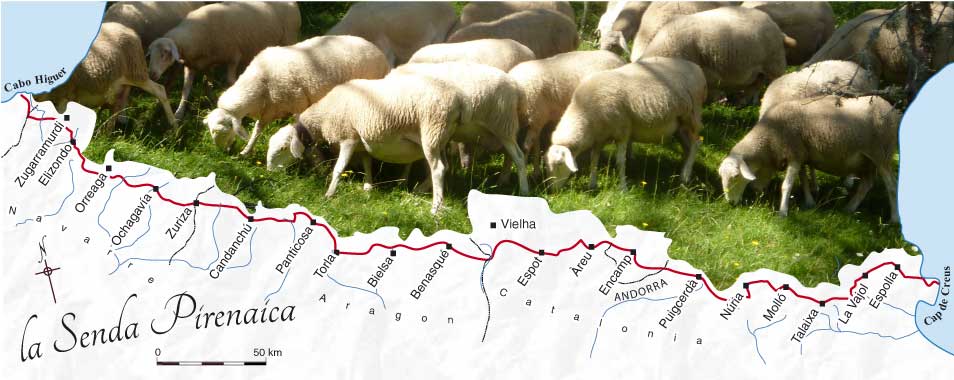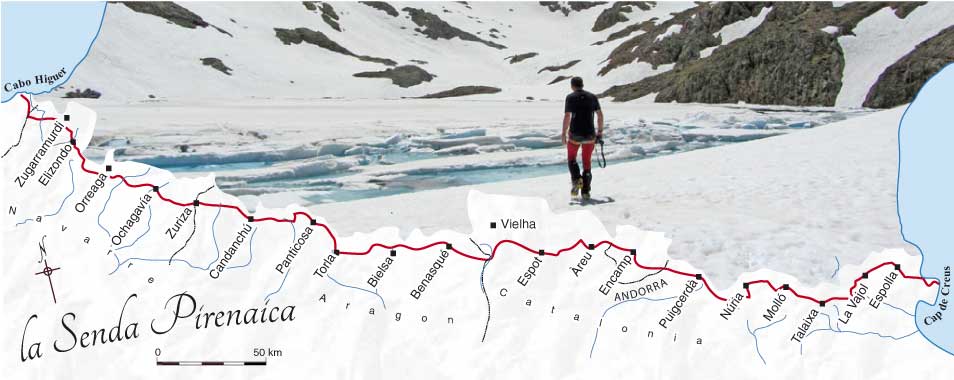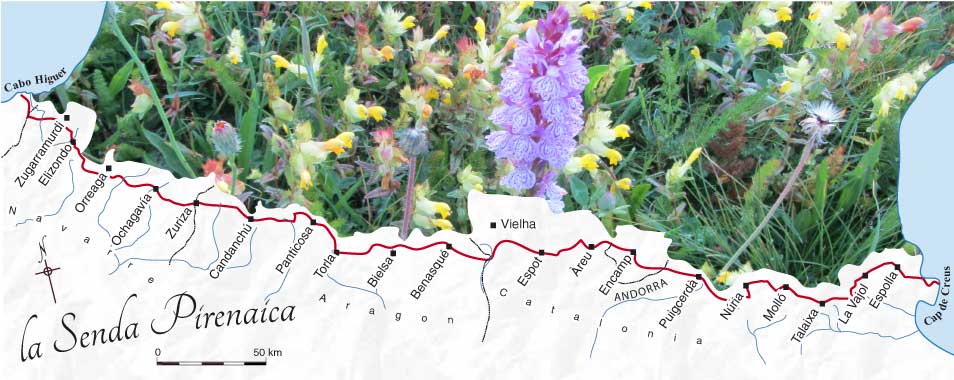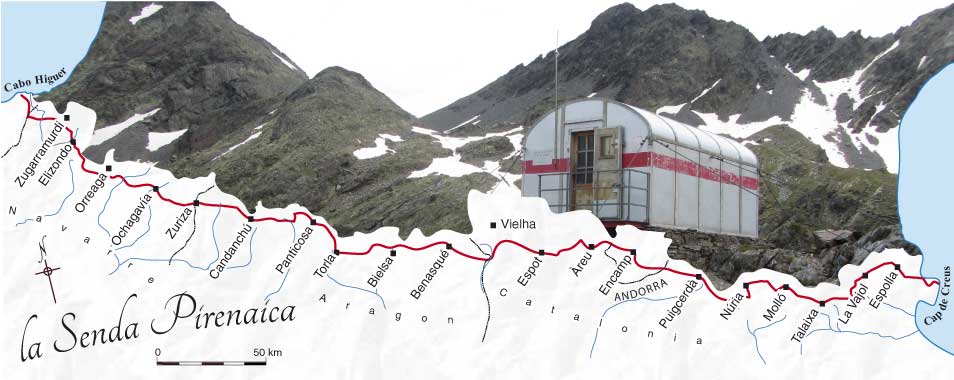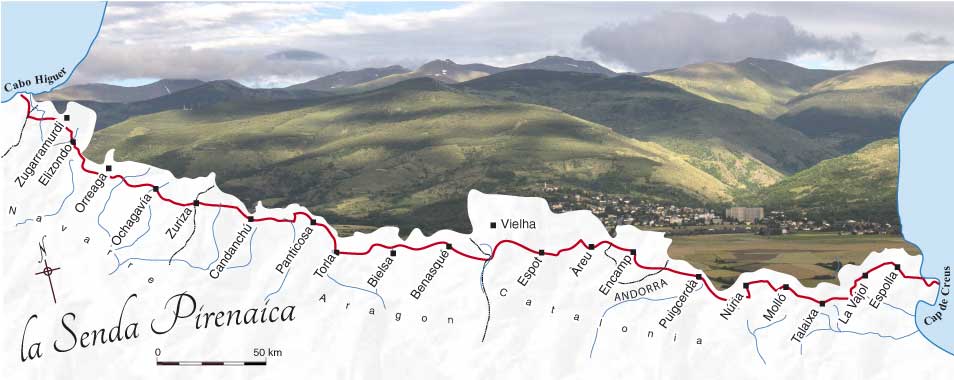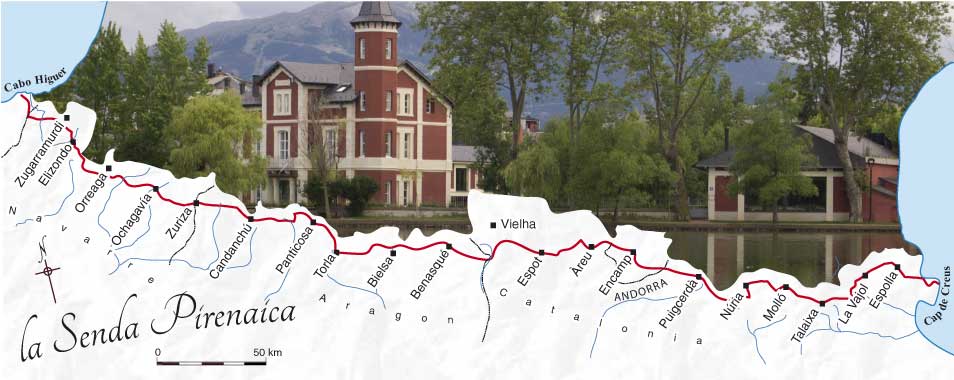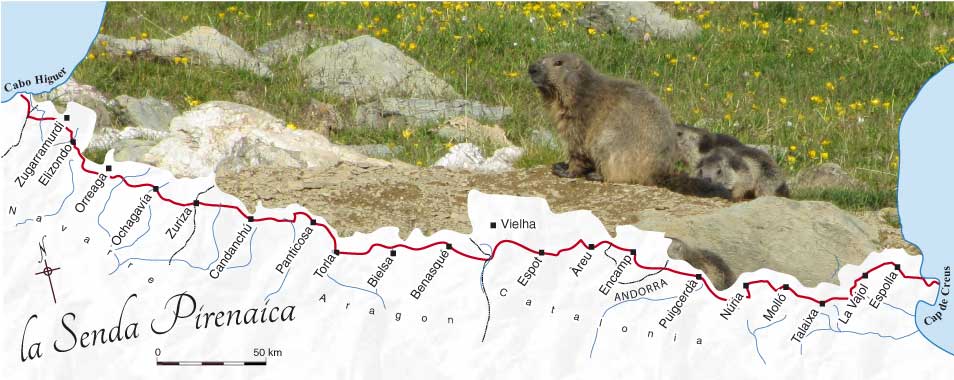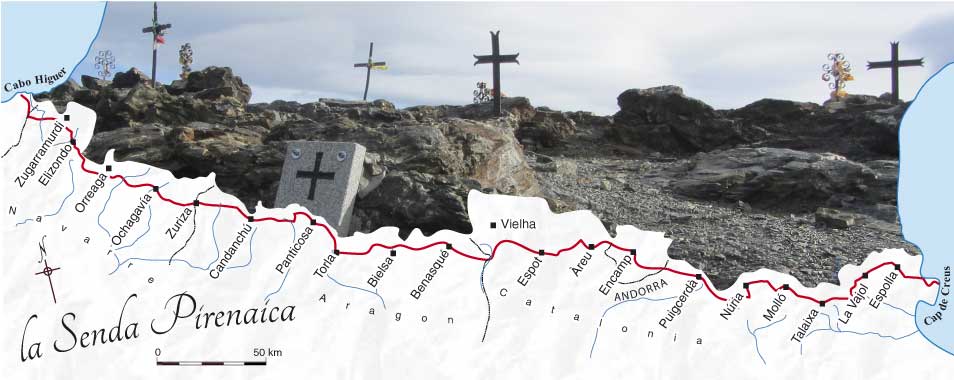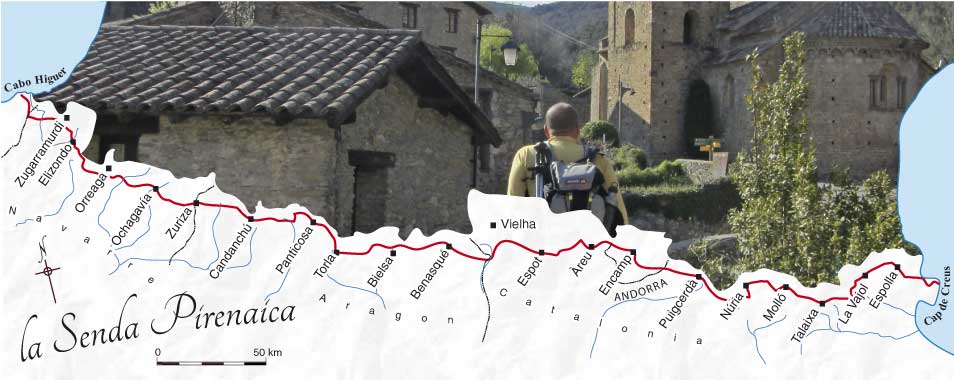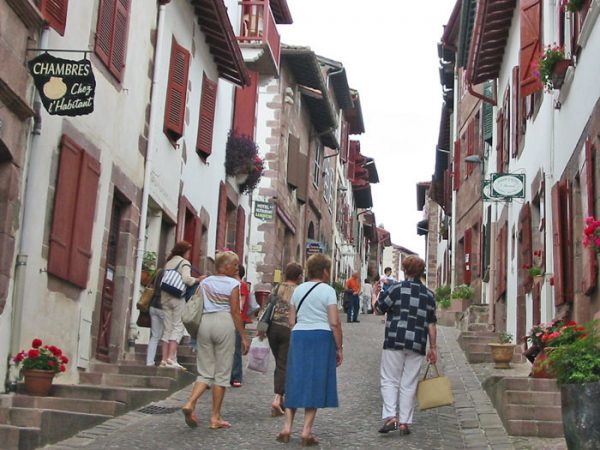
My first is in walking, but under the sea.
My second is saintly, but not on the Way.
My third is edible, much prized and much prised open.
My whole is a riddle, the search for meaning.
How did scallops become associated with the Way of St James pilgrimage, to the extent of becoming a ubiquitous way mark?
![Way mark in Arizkun and walkers in Roncevaux/Orreaga/Roncesvalles [French, Basque, Spanish versions of the name]](https://www.lasenda.net/wp-content/uploads/2017/07/camino-orreaga-arizkun-600x386.jpg)
But back to the Way. Under their French name, coquilles Saint Jacques, scallop shells have been connected with the pilgrimage from at least the 12th century. So how did scallops gain their halo? There are many theories floating around.
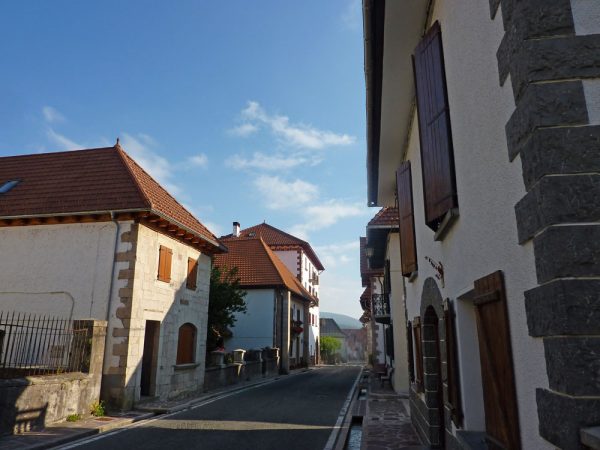
The most popular idea is that they were brought back from Santiago de Compostela as a shelly confirmation of the words of the papal indulgence given to pilgrims on their arrival: you can go home now, cleansed of all your sins. Unfortunately, this doesn’t really wash, given that Santiago is 50km from the sea and scallops can be found on much of the European coastline.
A second connection, I am told, is that an empty scallop shell served as a convenient begging bowl. After all, in the Middle Ages reliance on charity was a sine qua non for pilgrims who had to walk both there and back again. The shell could even be used as a plate.
A third, that scallops do not pass their lives stuck to rocks like their oyster cousins, but wander across the seabed, like pilgrims on land.
In any case scallops were already symbolic well before the emergence of Christianity. In Greek and Roman mythology, a scallop shell cradled Aphrodite/Venus just born, fully-grown, from the sea. At that time the scallop symbolised fertility. Could this idea have been reused by pilgrims to symbolise the rebirth of Christianity in Spain, of which the pilgrimages were to become a major part?
![Sandro Botticelli’s ‘Birth of Venus’ [Google Art Project]](https://www.lasenda.net/wp-content/uploads/2017/07/venus-600x377.jpg)
In any case scallops reinforce the French claim to paternity of the Way. We brought you the Way and wrote the guide book; we created the souvenir; we gave it a name; now you can eat it.
But amongst the many potential connections with the Way there is one I particularly like: it is said that the converging ridges in a scallop shell represent the multiple Ways of Saint James joining at the place where the saint was buried. So, is this why scallops became a symbol for pilgrims?
It sounds convincing, but then I am reminded of a traditional explanation I believed for years before realising it was a fantasy. In her fascinating Food in England, Dorothy Hartley[i] explains why we eat apple sauce with pork, mint sauce with lamb, and horseradish sauce with beef. It is, she said, because pigs lived in woods and ate fallen apples, lambs grazed on water meadows where mint grows, and as for cattle they cleansed their stomachs on horseradish. Therefore the sauces went well with the meat. It was a recipe I used to serve up frequently at dinner parties. It took me some years to realise that this explanation is ridiculous. Try asking French guests what they think of any of these combinations!
Scallop shell ridges may well be the paths to salvation for some. But, for me, scallop shells symbolise something else: that the search for meaning is so embedded in our psyche that we look for it everywhere, inventing if necessary.
Which leads me to another question. I have crossed the Pyrenees three times now, from the Atlantic to the Mediterranean, on the French GR10, the Spanish GR11, and the HRP. Obsessed, like those pilgrims who repeatedly walk to Santiago, I am still trying to grasp the meaning of it all.
[i] Dorothy Hartley 1985 Food in England, Futura, pp 65-6, 92, 125

